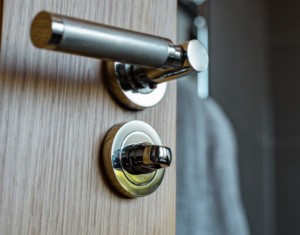

Some locks can be difficult to open if they have been vandalized or have foreign objects lodged in the keyhole. If you’re experiencing difficulty inserting a key into the keyhole, the problem could be something as simple as the lock cylinder having glue or a foreign object in it. In most cases, a damaged pin will prevent it from turning. You’ll need to have it replaced by a locksmith, unless you’re lucky enough to find a spare from a hardware store.
Some types of locks have spacers. These make it easier for pickers to set pins and increase the chances of opening the lock. These are typically found in only two or three positions, but you can tell if a lock has one if you hear two clicks when the driver pin pushes it in. If it has a large diameter spacer, it’s more likely to have a wider springy area.
In addition to these tips, it’s important to have a good understanding of the internal workings of locks. You’ll also need to know what locksmith jargon is used in the field. During your training, you’ll learn to use a dictionary specializing in the trade. If you’re interested in learning more about this field, you can contact a locksmith in your area.
A poorly cut key might be the reason for the problem. If you find your key isn’t turning in the lock, it may be because of an improper cut. You’ll need a locksmith to fix it if the key isn’t the right one. Another common cause for a lock to not turn is obstructions preventing the key from going in completely. Another cause is a worn-out pin chamber.
Most locks have a standard motion. Deadbolts should open by turning the key to the left or right of the door jam. Locks that turn counterclockwise are easy to pick, while those that turn clockwise are harder to pick. A locksmith should be able to recognize this standard motion. However, there are some exceptions. The directions may differ from manufacturer to manufacturer. Regardless of the case, it’s important to know which way a lock turns before calling a locksmith.
If you want to pick a lock without a locksmith, you can try picking it yourself with a paperclip or bobby pin. These methods are highly effective and require more skill than the use of a lock pick made of paper clips. If the lock you are trying to open has a complicated shape, you’ll need to buy a lock pick made especially for the task. It will be harder to open if the lock is made of high-quality metal.
